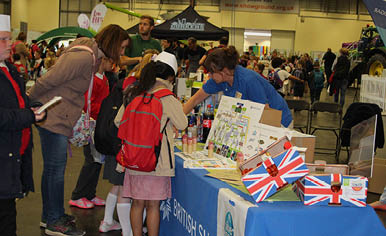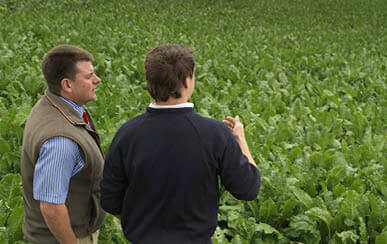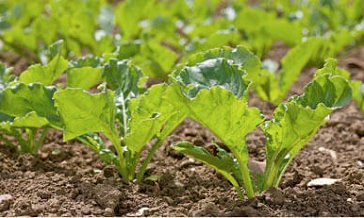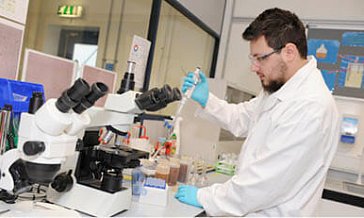
Environmental
Case study
ENVIRONMENTAL: CONSUMING RESOURCES RESPONSIBLY
6 January 2025
Sugar Beet and Soil

Maintaining and improving soil health is a key focus for the British beet sugar industry. Sugar beet is planted in the spring and harvested in the winter and plays an important role in the arable crop rotation for farmers across the East of England, the East Midlands and Yorkshire.
We work together with around 2,300 growers and the British Beet Research Organisation (BBRO) to ensure that arable land across our growing region is covered and protected, meaning the soil will continue to be fertile and produce high yields.
The benefits of sugar beet in the arable rotation
Sugar beet is an essential crop for many farmers and often plays a vital role in soil and crop health in the arable farm rotation. It acts as a ‘break’ crop in the rotation, helping to diversify farming operations and reduce reliance on other crops like cereals. Sugar beet feeds the soil microbiology during the ‘break’, complementing the soil microbiome, reducing pest and disease carry over, enhancing soil structure and supporting the mycorrhiza fungal network. Additionally, its deep roots contribute to better water infiltration and soil aeration – key for climate change impact mitigation.
The large amount of organic material returned to the soil by the tops of the sugar beet after harvesting also helps build up soil carbon and organic matter reserves – an essential part to the healthy functioning of the soil. Alongside this, the nitrogen in the tops is made available for the following crop, enabling less synthetic fertiliser to be used.
Protecting the soil when harvesting
Our growers are very aware of the need to minimise soil damage and compaction as this reduces the performance of their crops. Our own agronomists work closely with growers and the BBRO to provide advice on this throughout the sugar beet campaign.
In addition, the design of modern farm machinery takes into account the importance of protecting the soil and developments in technology such as weight reduction and tyre technology are key design features of modern sugar beet harvesters.
As well as this, the management of trailers used to move the beet is just as important and controlling the movement of these within the field is another integral part of how growers manage their soils.
Growers also manage the risk of soil damage by selecting fields carefully in relation to their harvest date. For example, targeting the heavier land with higher clay content for early harvesting when soils are more likely to be drier and less prone to damage and using the lighter sandy soils for later harvesting. About 60% of the sugar beet area is on sandy loam soils and less than 30% on heavy clay soils so this gives growers the opportunity to match soils types to harvest dates.
Minimising soil loss in transportation
Very little soil is delivered to our factories with the sugar beet and we put limits on the amount, measuring the soil received and reporting this back to growers.
As an industry, we take every possible step to minimise the amount of soil that leaves the fields with the beet. Beet harvesting, storing, and transporting practices are continually developing to reduce the amount of soil left on the beet. Harvesters are increasingly effective in removing the soil from the sugar beet during harvesting and increasingly sophisticated cleaning systems are being employed to remove soil on the harvester.
We process around 8 million tonnes of sugar beet each year and take in around 200,000 tonnes of soil. In line with our circular economy approach and sustainability commitments, we do not waste this soil and recycle it into high quality topsoil which is used for a variety of purposes including house building, landscaping and sports grounds.
Research and development on soil
Through the BBRO, we support research to ensure the industry is using the best possible practices when it comes to soil. A recent project carried out between the BBRO and the Agriculture and Horticulture Development Board (AHDB) aims to increase understanding of soil biology and has developed a toolkit to measure and manage soil health. Findings from the research can be found here and are regularly shared with growers by the BBRO.






